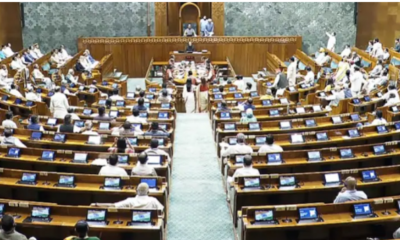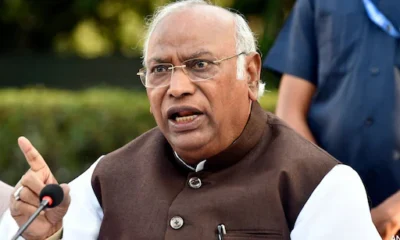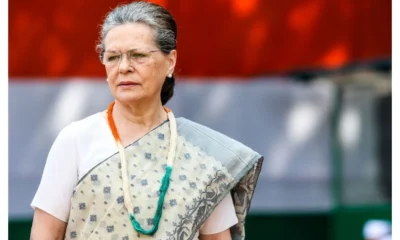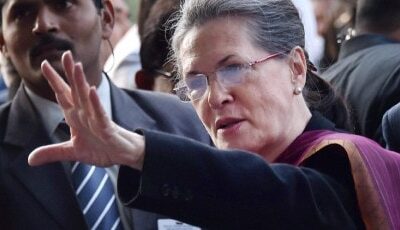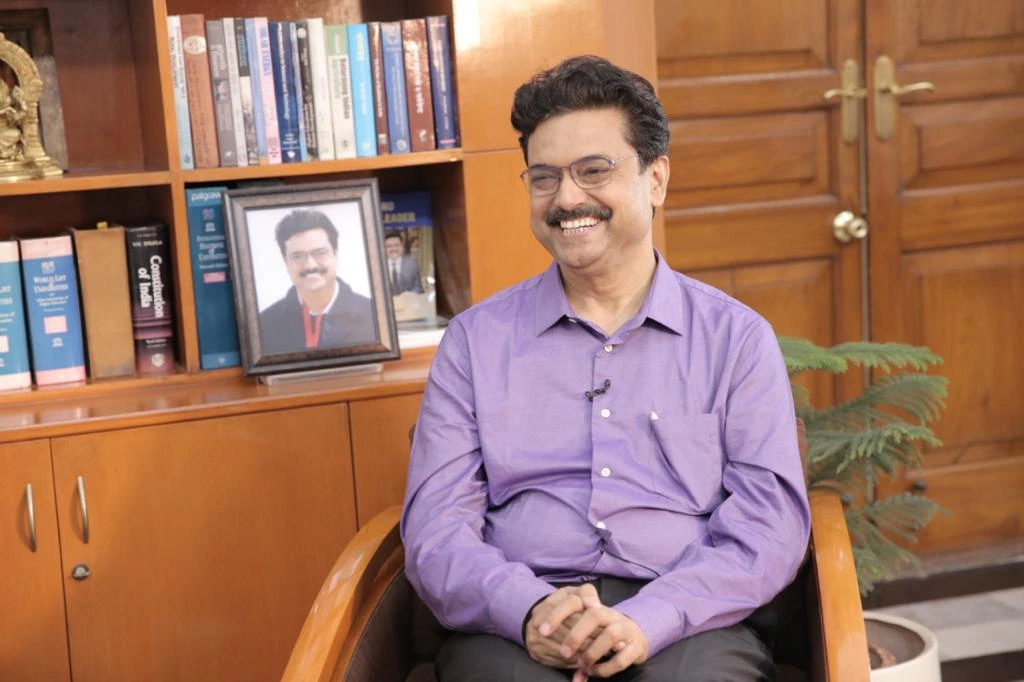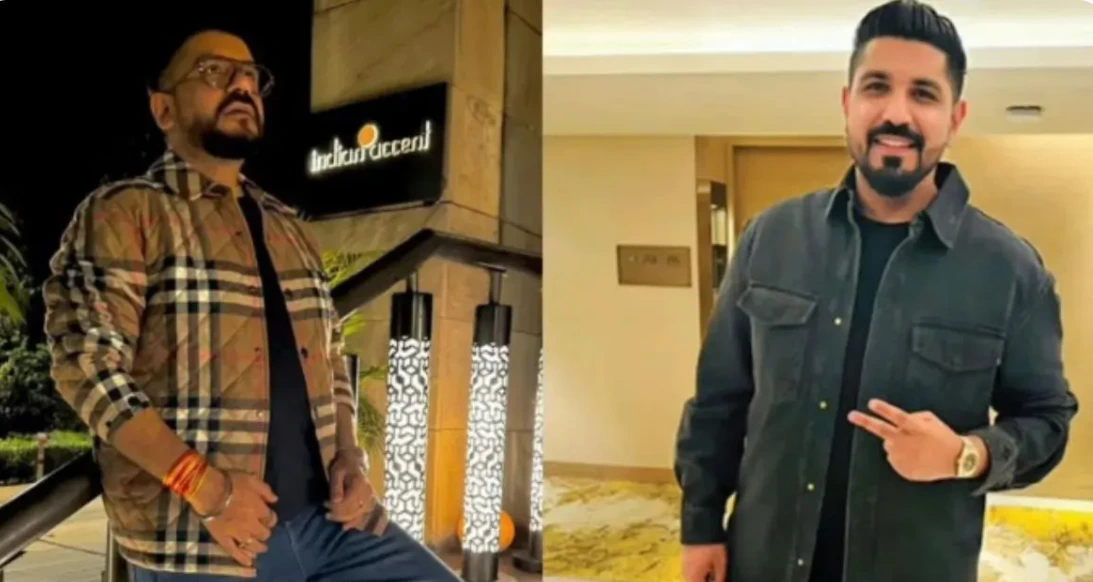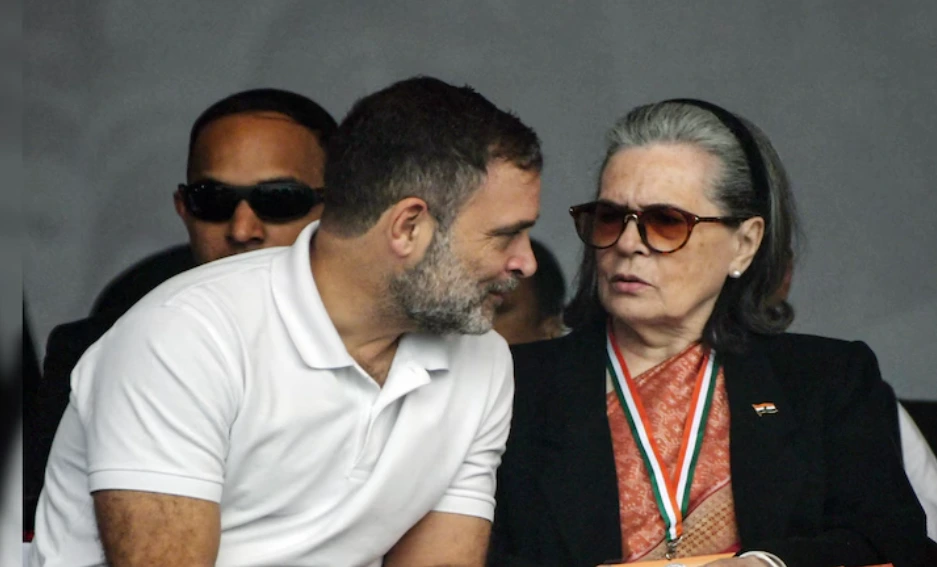India News
Sonia Gandhi birthday special: From Right to Education to Right to Information know key social welfare measures under her watch as UPA boss
Under Sonia Gandhi’s stewardship, the Congress emerged as the single largest party in the 2004 General Elections. Here are key social welfare measures under her tenure as UPA boss.
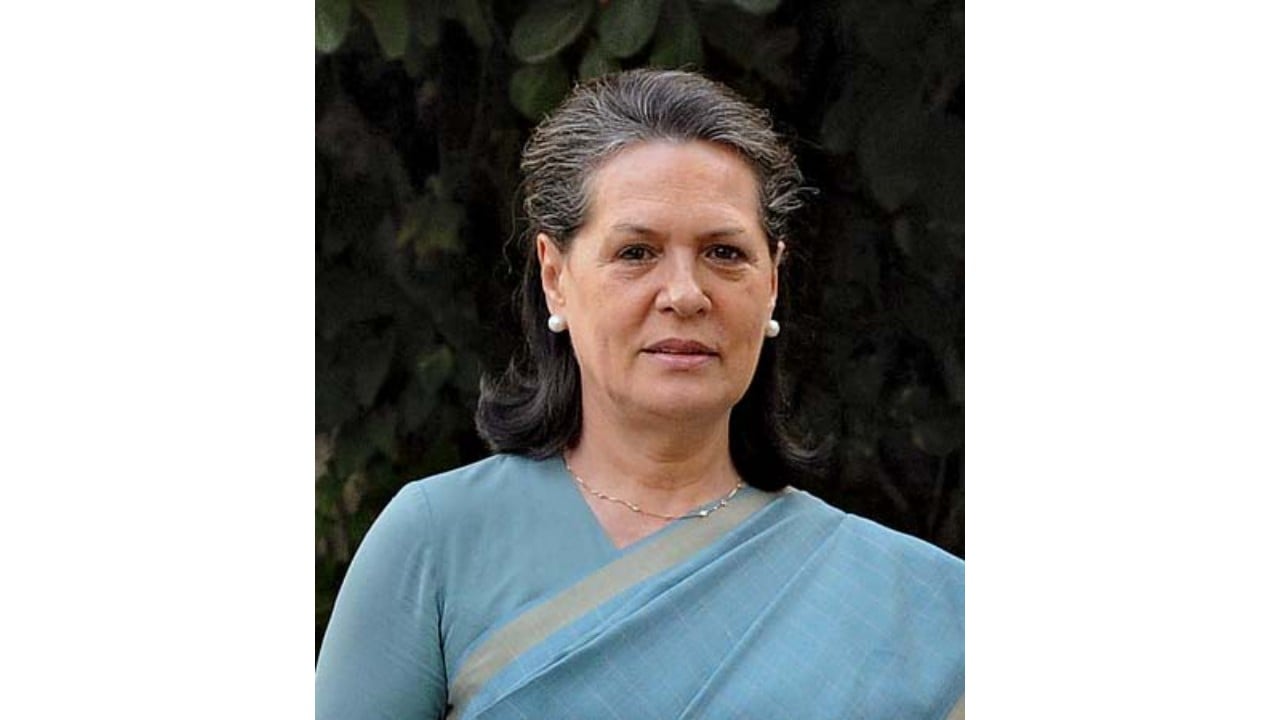
India News
DU VC Prof Yogesh Singh entrusted with additional charge of AICTE Chairman
India News
Goa nightclub fire case: Court extends police custody of Luthra brothers by five days
A Goa court has extended the police custody of Saurabh and Gaurav Luthra, owners of the nightclub where a deadly fire killed 25 people, by five more days.
India News
Delhi High Court issues notice to Sonia Gandhi, Rahul Gandhi in National Herald case
Delhi High Court has sought responses from Sonia Gandhi and Rahul Gandhi on the ED’s plea challenging a trial court order in the National Herald case.
-
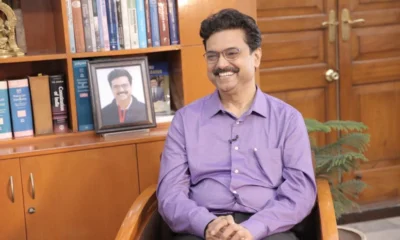
 India News15 hours ago
India News15 hours agoDU VC Prof Yogesh Singh entrusted with additional charge of AICTE Chairman
-
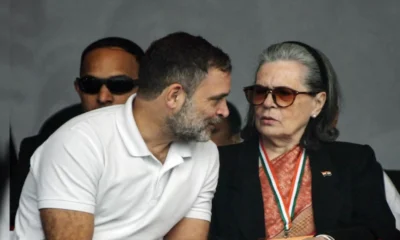
 India News18 hours ago
India News18 hours agoDelhi High Court issues notice to Sonia Gandhi, Rahul Gandhi in National Herald case
-

 Cricket news23 hours ago
Cricket news23 hours agoRohit Sharma reveals retirement thoughts after 2023 World Cup final heartbreak
-

 Latest world news22 hours ago
Latest world news22 hours agoH-1B visa renewal delays leave hundreds of Indian workers stranded amid US social media checks
-
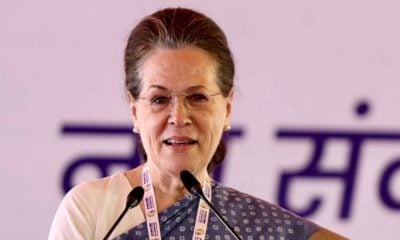
 India News22 hours ago
India News22 hours agoSonia Gandhi calls weakening of MGNREGA a collective moral failure, targets Centre in op-ed
-
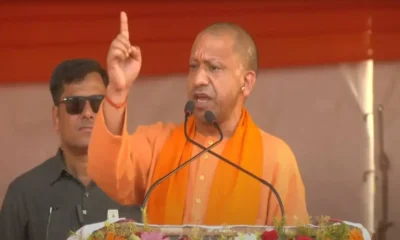
 India News19 hours ago
India News19 hours agoYogi Adityanath’s do namoone remark sparks Akhilesh Yadav’s jab on BJP infighting
-

 India News16 hours ago
India News16 hours agoGoa nightclub fire case: Court extends police custody of Luthra brothers by five days
-

 Entertainment16 hours ago
Entertainment16 hours agoDhurandhar box office day 17: Ranveer Singh film crosses Rs 555 crore, enters all-time top 10

